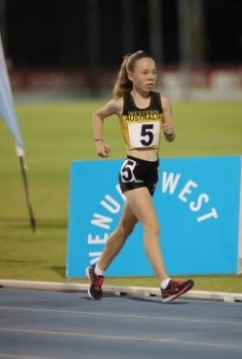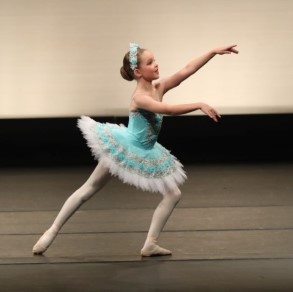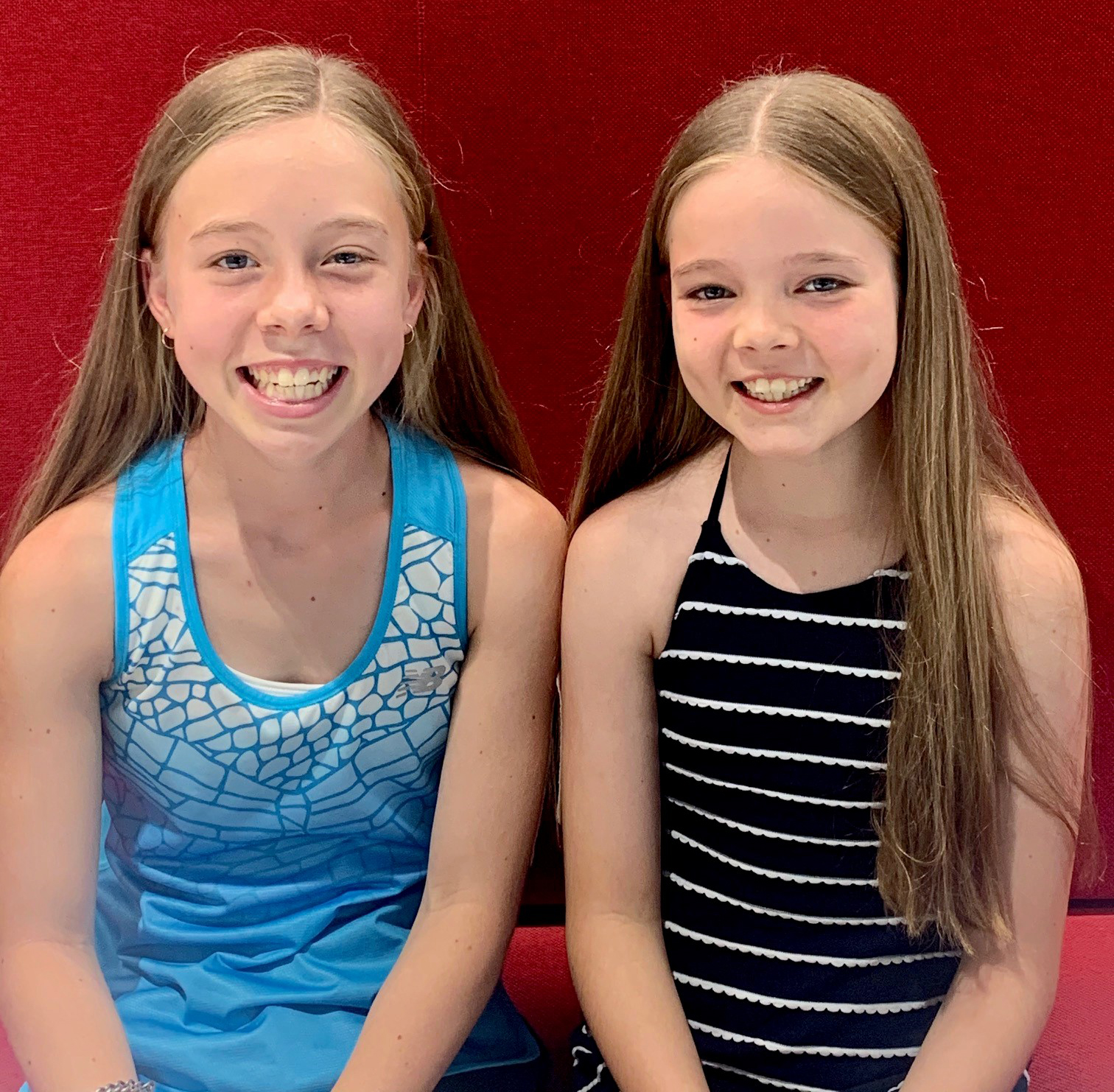Ashlyn, 12, and Kayleigh Spence, 11, have much more in common than being siblings – they both excel in their chosen sport and live with type 1 diabetes. We spoke to the sisters about juggling exercise and diabetes.
ASHLYN
When were you diagnosed with diabetes? September 24, 2018
 Diagnosis story? A few days before I got diagnosed with diabetes, I was feeling tired and sometimes not sure where I was or what I was doing. My mum and sister were in Melbourne and dad and I had planned to do things together during the school holidays, but I just felt ill. I had spent all weekend lying in dad’s bed as he looked after me, then on the Monday I woke up feeling weak and dizzy — that’s when I first vomited, and dad realised something was really wrong! Dad called the on-call doctor who came to our house, but the doctor didn’t say my symptoms were type 1 diabetes but instead some other possible causes. Luckily for me, dad wasn’t so trusting of this doctor and he rushed me to Joondalup Hospital. There they rushed me through and that was when we first knew my symptoms were type 1 diabetes as my blood sugars were so high. I was rushed to Perth Children’s Hospital by ambulance, spent almost three days in intensive care before I was strong enough to go into the ward for seven more days to learn about diabetes.
Diagnosis story? A few days before I got diagnosed with diabetes, I was feeling tired and sometimes not sure where I was or what I was doing. My mum and sister were in Melbourne and dad and I had planned to do things together during the school holidays, but I just felt ill. I had spent all weekend lying in dad’s bed as he looked after me, then on the Monday I woke up feeling weak and dizzy — that’s when I first vomited, and dad realised something was really wrong! Dad called the on-call doctor who came to our house, but the doctor didn’t say my symptoms were type 1 diabetes but instead some other possible causes. Luckily for me, dad wasn’t so trusting of this doctor and he rushed me to Joondalup Hospital. There they rushed me through and that was when we first knew my symptoms were type 1 diabetes as my blood sugars were so high. I was rushed to Perth Children’s Hospital by ambulance, spent almost three days in intensive care before I was strong enough to go into the ward for seven more days to learn about diabetes.
What exercise do you do? Little Athletics. I do about six hours of training per week and about another seven hours per week for competitions. My favourite events are race walking and running. Since being diagnosed with diabetes, I have won two gold medals in State Athletics and I also represented Western Australia at the Australian All Schools Championships. I recently won the under-14s WA Coles State Track and Field Championships 3km race walk and qualified for this year’s State Little Athletics Championships for the 800m and 400m runs and 1500m race walk.
What challenges do you face when you exercise? The challenges with type 1 diabetes during Little Athletics are when I am called up for events and I’m suddenly low so I have to try and get my blood glucose levels up quickly so I can compete. Also, when I am in the middle of a race, sometimes my levels go high or low and it makes me feel sleepy or sick and I can’t do my best because of it.
Any advice for young people with diabetes to keep them active? Never give up what you love doing and always be proud that you have come this far with type 1 diabetes. I never thought I would come this far when I was first diagnosed – I really thought I couldn’t ever go back to Little Athletics. I encourage young people to do at least 45 minutes or up to an hour of running, walking or even jogging every day because it truly helps with managing your diabetes.
KAYLEIGH
When were you diagnosed with diabetes? October 15, 2018

Diagnosis story? I was in Melbourne dancing with the Australian Ballet School when my older sister Ashlyn went to hospital. I was really worried and upset at not being able to see her. I didn’t know what type 1 diabetes was or what way it would change everything for us. Shortly after getting home to Perth I started to feel something was different — I would wake up at night for the toilet, drink more water and some days have headaches or belly aches. Things I used to never have. That’s when I said to everyone “I think I have type 1 diabetes”, but my parents just thought I was going through a phase from watching my sister deal with diabetes. Then one day I came home from school with a terrible belly ache and not much energy. At the time, dad was speaking on the phone with the diabetes educator from PCH about my sister. That’s when mum said to dad we should do a finger prick to test my blood sugar levels. We did the test and it said my blood sugars was 31 but mum and dad didn’t believe it. Another blood check and it was same as before. Mum and dad just looked at each other not believing that it was happening again. A short time later I was in PCH emergency just like my sister was exactly three weeks before.
What exercise do you do? I dance 14 hours or more each week doing ballet, lyrical, contemporary, tap and jazz. Since being diagnosed with diabetes, I auditioned for The Australian Ballet School interstate training program in Melbourne and was successful. I was also cast as a child performer in the West Australian Ballet’s ALICE (in wonderland) production last year. I have won numerous dance competitions and have achieved the highest marks in my grade in all my dance exams.
What challenges do you face when you exercise? Facing type 1 diabetes is a challenge but when I do my dancing, managing my blood glucose levels is hard. I have to make sure they are steady before my class starts and if my levels drop or rise, it could mean missing out on 10-15 minutes of class time before I can dance. Different types of dancing affect me differently too.
Any advice for young people with diabetes? Never give up, follow your dreams and yes, it is challenging, but you will get through it in the end, especially if you have supportive friends and family.

